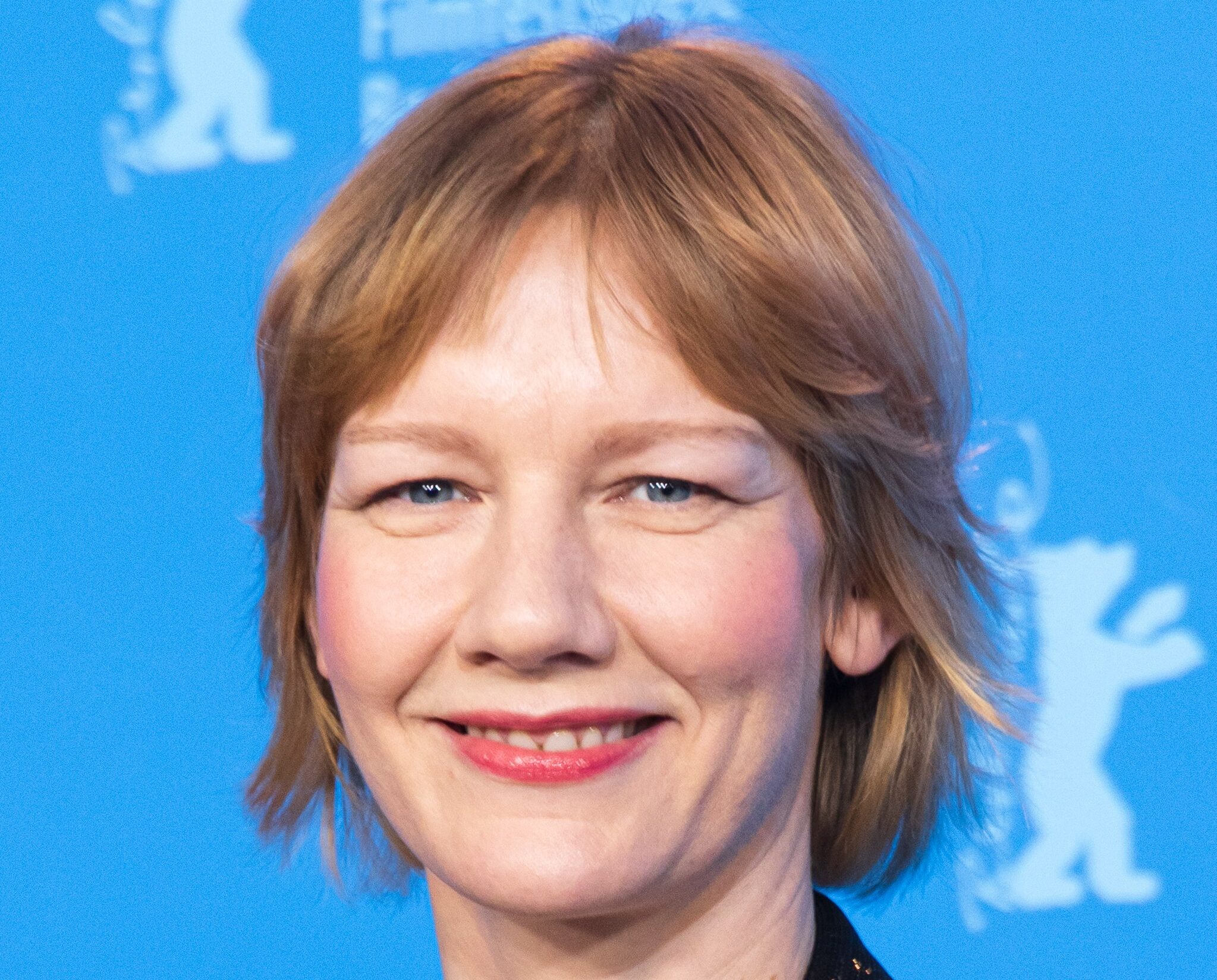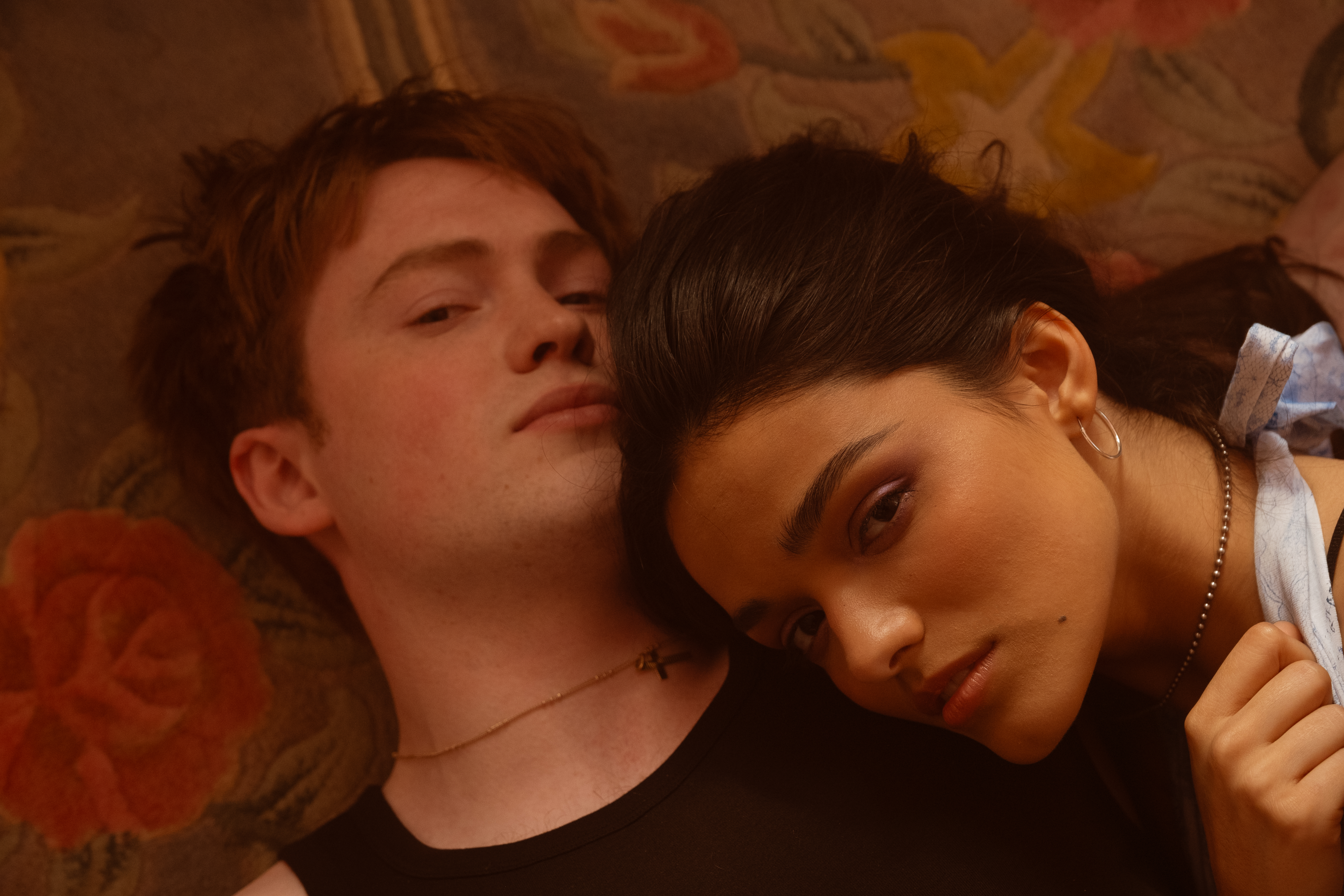Follies

(Photo: © Carol Pratt)
It seems only natural to view the Signature Theatre’s Follies as an echo of last summer’s internationally acclaimed Sondheim Celebration at the Kennedy Center. Signature’s artistic director Eric Schaeffer, who helmed that festival, had wanted to include the 1971 musical — one of the few Sondheim shows he had yet to direct. Now that he has finally gotten a shot at Follies, Schaeffer has provided a glittering, re-imagined production of a piece that he has called “a haunting fable of broken dreams.”
It’s 30 years since World War II ended the 21-year run of the “Weismann Follies.” That Ziegfeld-like impresario has invited his aging showgirls to a reunion at the theater which housed the Follies, soon to be torn down to make room for a parking lot. The purpose, as Weismann says, is to “glamorize the old days, to stumble through a song or two, and to lie about ourselves a little.” During the reunion, two couples in particular — former showgirls and the stage door Johnnies they double-dated and married in the heady flush of youth — come face to face with their pasts and the choices they made in life.
It’s hard to believe, but this is the Washington area’s first professional production of Follies. It’s a full-fledged effort involving a cast of 35, plus conductor Jon Kalbfleisch’s 14 musicians tucked behind the set in Signature’s cramped, black box space. The interior of the theatre has been turned by set designer Lou Stancari into the decaying backstage areas of a soon-to-be demolished Broadway music hall, with falling beams, pieces of discarded sets and the “Weismann Follies” electric sign, ripped up chairs, and rotting curtains completely enveloping us as take their seats. The set is a reversal of the way this show is usually staged: The audience is seated as if in the wings of the old theater, amidst the debris noted above and staircases leading to second-floor dressing rooms, rather than out front. Though the basic set is dark and grimy, it does have a few surprises in store, and there are enough bright, sequined costumes by Robert Perdziola to outfit a Vegas chorus line.
Florence Lacey, whom Schaeffer directed in the Kennedy Center’s Sunday in the Park With George, is Sally Durant Plummer, the naïve and bubbly showgirl-turned-matron at the center of the story. Paper Mill Playhouse stalwart Judy McLane (Victor/Victoria) is Sally’s old pal, the still attractive but frustrated Phyllis Rogers Stone. Joseph Dellger (Broadway’s Ragtime) is the rich and famous Manhattan power broker Ben Stone, whom Sally wanted to wed and Phyllis did, in fact, marry. Harry A. Winter, who played H.C. Curry in Signature’s recent production of 110 in the Shade, is Buddy Plummer, the Phoenix oil-rig equipment salesman whom Sally settled for as a husband.
The late James Goldman’s book shows us a love quadrangle as the two couples, now disillusioned with their lives, confront their younger, idealistic selves and explore their follies, as it were. The onetime Follies cast members are haunted by their pasts, which is why the showgirl “ghosts” that languidly float about the set are draped in rotting, gray remnants of their once glorious costumes. Schaeffer points up all of this by setting the action in the bleak areas behind the curtain and away from the traditional bright lights of the stage, where everything is always beautiful.

(Photo: © Carol Pratt)
We never really learn exactly why these people are unhappy or why they eventually seem to shrug off their angst, but it doesn’t matter; Follies is a joyous, glamorous, rousing experience, just what one would expect from a get-together of beautiful women with dancing and singing in their blood. Sondheim’s stunning score apes musical styles of the 1920s and ’30s in the Follies numbers, but the great composer-lyricist crafted wonderfully varied anthems and ballads for the character songs. Schaeffer observes the musical cuts that Sondheim effected for a 1987 London production but seems to have ignored additions that were made at that time.
The score is truly dynamic. An ensemble highlight has all of the former chorus girls teamed with their younger selves for the hoofing extravaganza “Who’s That Woman,” staged as a dazzling, jazz-age “mirror number.” It’s immediately followed by Signature regular Donna Migliaccio belting “I’m Still Here” as if she were channeling Ethel Merman. As for Jonathan Tunick’s arrangements, they sound as if he were channeling Nelson Riddle doing a Sinatra chart.
Each of the leads and supporting players gets a chance to shine. Lacey completely inhabits the character of Sally in the torch song “Losing My Mind.” McLane has the perfect caustic edge as she sings “Could I Leave You?” to husband Ben. Dellger is moving in “The Road You Didn’t Take,” communicating the despair that lies just below the surface of Ben’s polished and suave manner. Winter’s singing is not always successful, yet he does a good job of portraying the happy-faced salesman with the empty heart and puts on quite a show in Buddy’s hyperkinetic vaudeville number, “The God-Why-Don’t-You-Love-Me Blues.”
Other highlights include Judy Simmons as Hattie, bringing home “Broadway Baby” with an old-fashioned “big finish,” and Lacey and Dellger’s lovely duet “Too Many Mornings.” Former opera singer Dana Krueger is poignant as Heidi in “One More Kiss,” a duet with the character’s younger self, sung beautifully by Claire Mailhot.
The relatively small performing space at Signature must have been a challenge for Schaeffer in staging such a large musical, and the numbers of the climactic “loveland” sequence do seem to have been scaled backed somewhat. But the director has taken advantage of the audience’s proximity, keeping the actors’ performances intimate and the narrative uncluttered. The wonderful result is a stirring show that’s easy to follow despite Goldman’s slightly overwrought book. Sondheim’s Follies is definitely not Schaeffer’s Folly.












